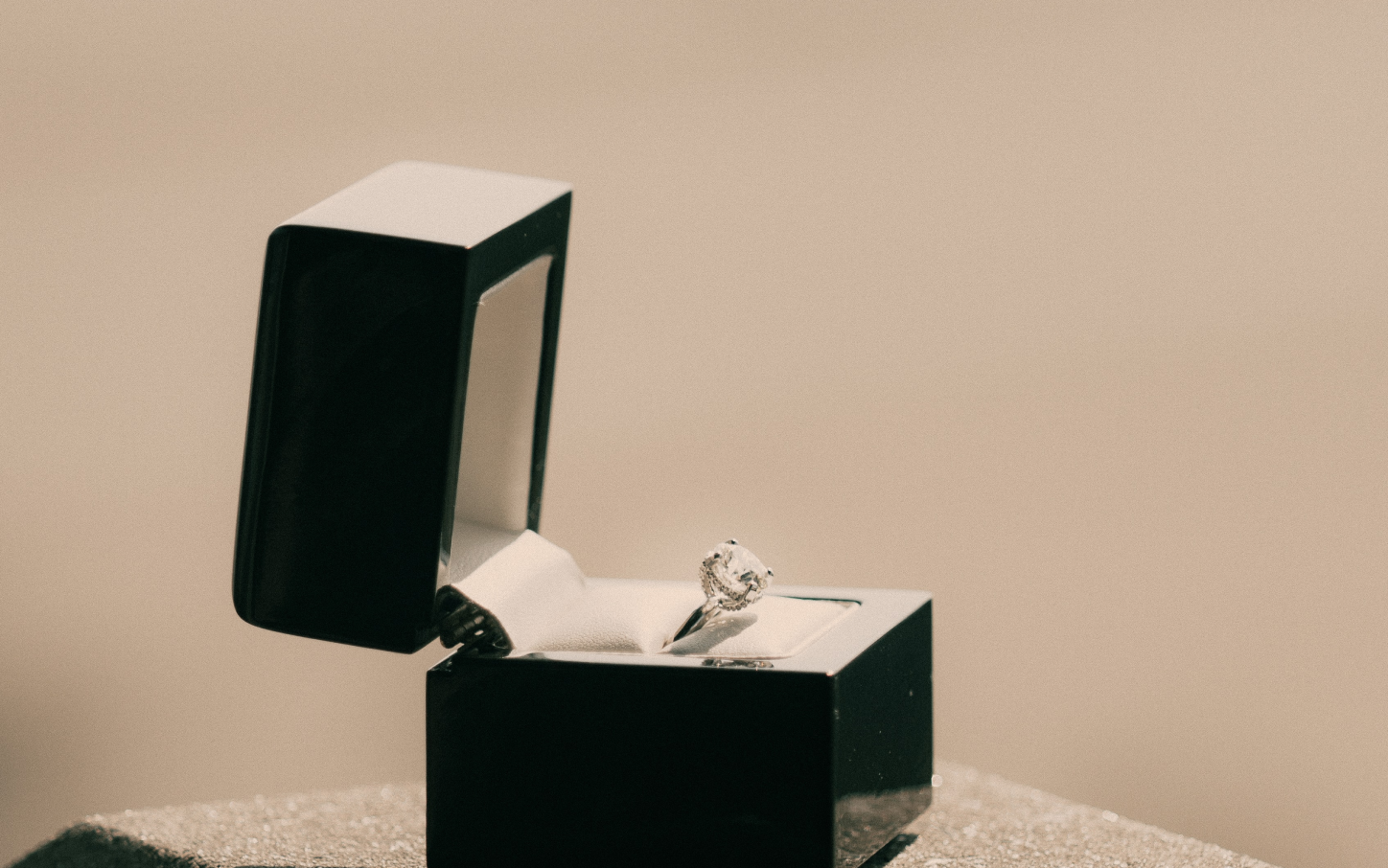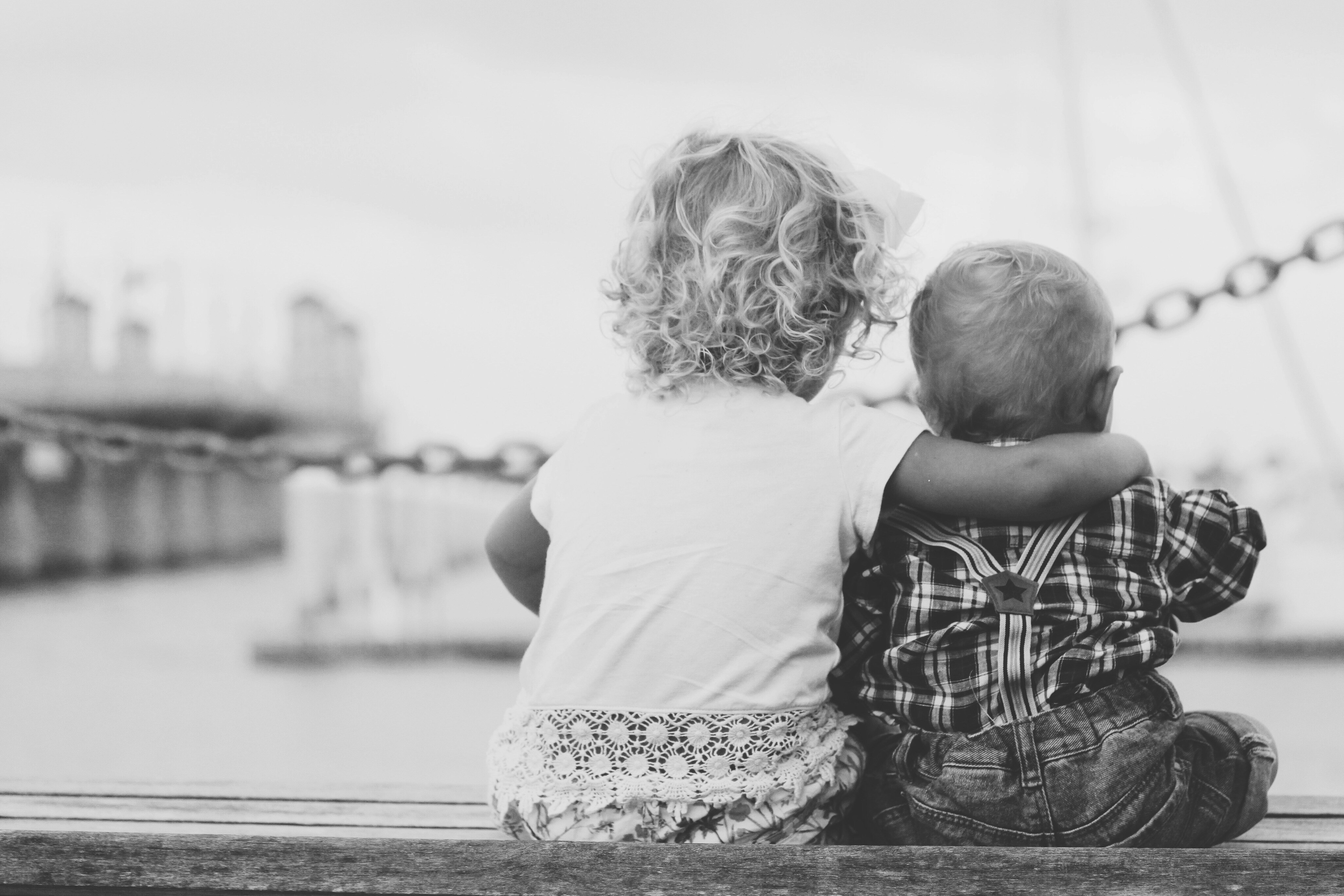Rules of Engagement – who gets to keep the engagement ring?

A common question asked by parties after separation is “who gets to keep the engagement ring?”. Here we look at two different scenarios – firstly where separation occurs after engagement but prior to marriage, and secondly where separation occurs after marriage.
Separation prior to marriage and cohabitation
Historically, the case law surrounding this issue has been fairly clear cut – that is, where an engagement ring is given in contemplation of marriage and the marriage does not eventuate, the ring-giver is entitled to seek the return of the ring. The Court’s approach has been that it would be “unconscionable” for the receiver to retain the ring, where the intention to marry was not carried out. This was largely based on the traditional approach to marriage, where parties would become engaged and then married prior to living together, which was the case in the 2007 appeal decision of Papathanasopoulos v Vacopoulos [2007] NSWSC 502.
Andrew Vacopoulos (“Andrew”) became engaged to Vicki Papathanasopoulos (“Vicky”) on 6 August 2005. Ten days later, in front of both of their families, Vicky said to Andrew words to the effect of “the wedding is off, here take the ring, I don’t want it”. Vicky placed the ring on the coffee table in front of Andrew, to which he responded with “I do not want the ring, it is a gift for you, you can keep it”.
On 24 August 2005, Vicky packed up photographs, jewellery and other items symbolic of her and Andrew’s relationship (including the engagement ring) into a box, and asked Andrew to arrange a time to collect the items. The items were not collected and one month later, Andrew phoned Vicky declaring his love for her and telling her that he wanted her back. Vicky terminated the conversation and later asked her parents to throw out the box of items she had packed up a month earlier. Vicky’s father threw the box into the rubbish bin and the engagement ring was intentionally lost to the trash. Andrew commenced proceedings to recover the ring or its value from Vicky.
The Court ultimately found that the parties entered into a “contract” in contemplation of marriage, the engagement ring being the consideration exchanged. In circumstances where Vicky later rejected Andrew, the consideration ought to have been returned. Vicky argued that the character of the ring (ie. a “conditional” gift given in contemplation of marriage) changed into a “completed” or unconditional gift by the comments exchanged between the parties on 16 August (namely, Andrew telling Vicky to keep the ring). The Court rejected this and found that Andrew’s comments were made with the intention of trying to preserve the relationship – despite Vicky’s comments, he wanted the relationship to continue and the marriage to occur. His comments did not alter the essential nature of the gift, that being, a gift given in contemplation of marriage. Vicky was found to be liable for the cost of the ring. She unsuccessfully appealed the decision to the Supreme Court of New South Wales, where the appeal was dismissed and she was ordered to pay Andrew’s costs.
Interestingly, the Court commented that a woman may be able to raise a plea of “legal justification” should she refuse to carry out her promise of marriage, if for example the man has engaged in conduct that may repudiate the contract, such an infidelity or violence towards the woman. In such circumstances, the woman may terminate the “contract” of intended marriage, and keep the ring given to her.
Despite the above case, this traditional approach to marriage is no longer the norm, with the majority of couples living together in a de facto relationship prior to their marriage. Where this occurs and the parties separate before marriage, the ring may form part of the property pool for division, similar to how the ring would be dealt with if separation occurred after marriage.
Separation after marriage
A number of factors will determine who gets to keep the engagement ring where parties separate after marriage. Ordinarily, an engagement ring holds significant sentimental value and is excluded from the property pool for division. Should one (or both) parties seek to include the ring in the property pool, parties should remember that the value of the ring is neither the purchase price nor the insured value, but rather the second-hand value. If the ring is to be included in the pool and the parties cannot agree upon its value, the ordinary course would be to engage an expert valuer to have the ring valued.
Ultimately if the ring is to be included in the property pool, it (and the rest of the property pool) will be divided pursuant to the “five step” process of property settlement as set out in the Family Law Act 1975. Click here for our article explaining the five-step process of property settlement. This means that there is no set rule as to who may keep the ring when separating after marriage.
By way of example, in the case of Damiani & Damiani [2012] FamCA 535, the husband asserted that the engagement ring given to the wife was worth $15,000. Although the wife argued it was worth significantly less, the parties agreed that the husband would retain the ring at his proposed value as part of the property settlement.
In the case of Marsden & Baker [2013] FamCA 320, the husband gave the wife an engagement ring which cost approximately $170,000. The wife sold the ring for $70,000 and used the proceeds to meet her legal expenses. The Court held that the proceeds ought to form part of the property pool for division.
There is no one set rule for who may keep the engagement ring after separation and retention of the ring will depend on a number of factors.


